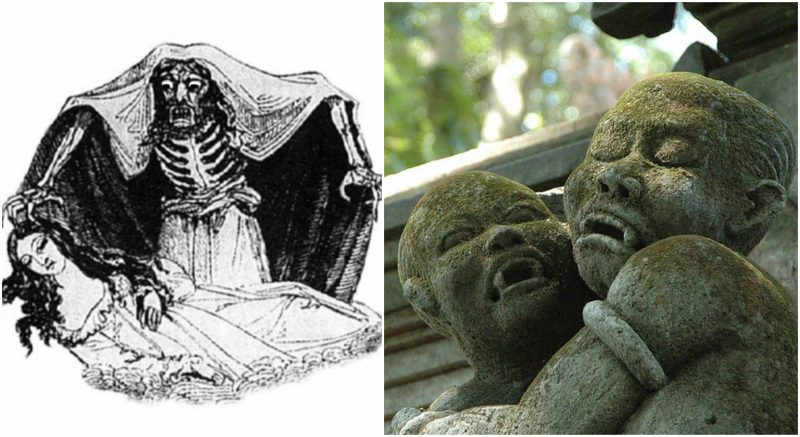The first appearance of the word ‘vampire’ in the English language is tracked as ‘vampyre’ in a travelogue from 1734 titled “Travels of Three English Gentlemen” published in “The Harleian Miscellany” in 1745. However, the word is probably derived from the Slavic languages and has made its way to the German languages through Austria. The word had spread while the Northern part of Serbia was part of the Austrian Empire.
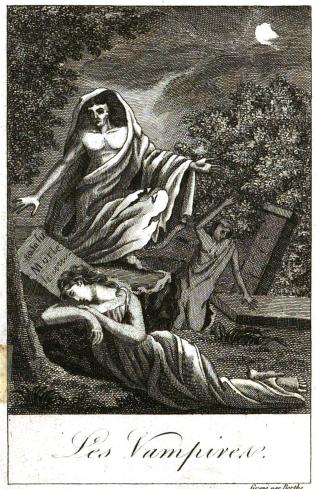
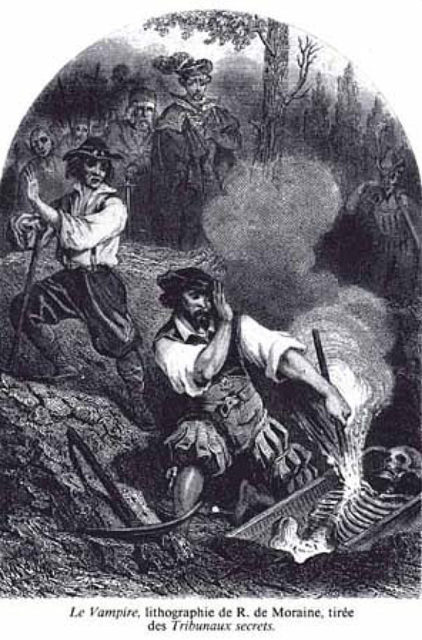
There was the story about Arnold Paole (Arnaut Pavle), a Serbian outlaw (hajduk) who have become a vampire after his death. The story was Serbian, hence the word ‘vampire’ (vampir). The word exists in all the Slavic languages. However, the etymology is unclear and is not clear if the word is originally Old Slavic, or whether it comes from some of the Western European languages.
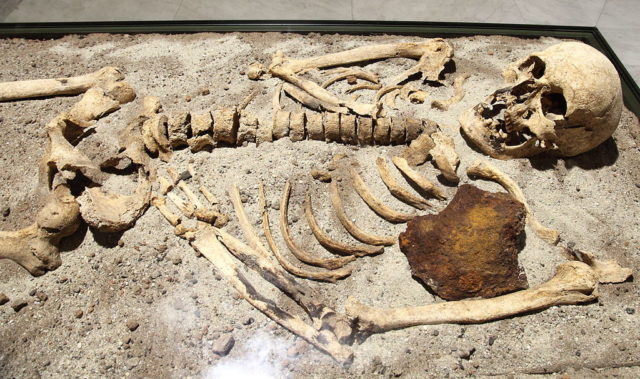
What is certain is that the notion of vampirism precedes the word itself and existed in the Hebrew, Mesopotamian, Ancient Greek and Roman cultures. These people had tales of demons and spirits that might be considered as an equivalent of what is the vampire in more recent history.
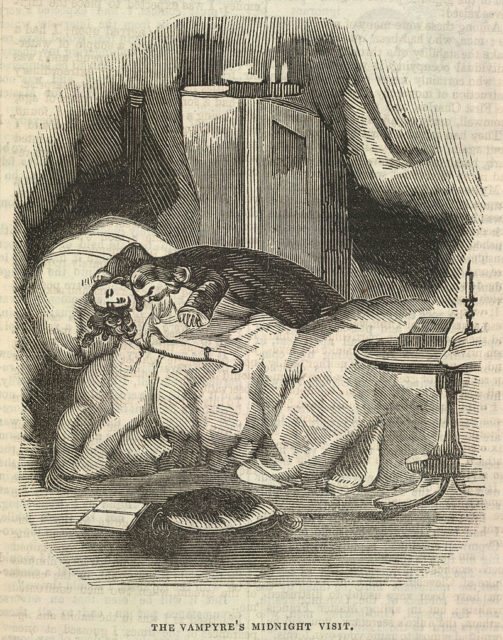
(Varney the Vampire, engraving, 1847)
Even though vampires have characteristics of the vampire-like creatures in the ancient civilizations, they originate from the early-18th-century southeastern Europe. The stories about creatures that feed on the life essence (generally in the form of blood) of the living have caused mass hysteria and fear around Europe that led to the public executions of people who were suspected to be vampires.
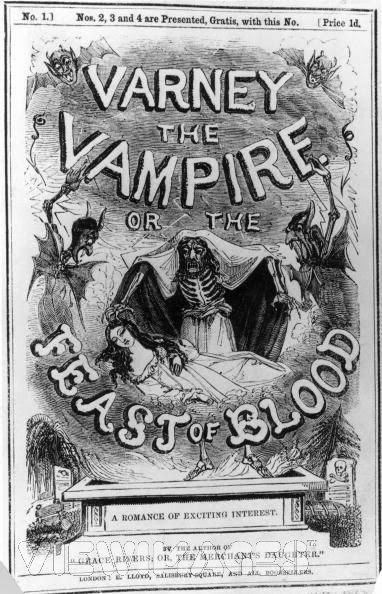
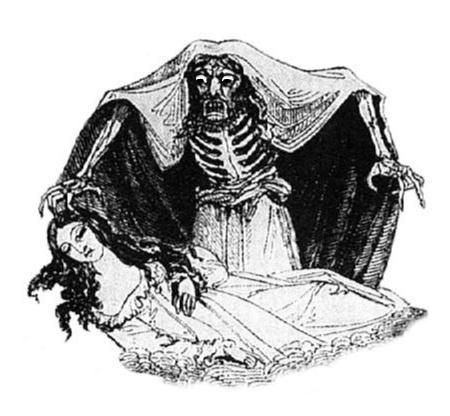
There are many stories about creatures similar to vampires and the general characteristics are quite familiar. A physics professor at the University of Central Florida, Costas Eftimou, published an article in 2006, in which he argued that it is mathematically impossible for vampires to exist, based on geometric progression.
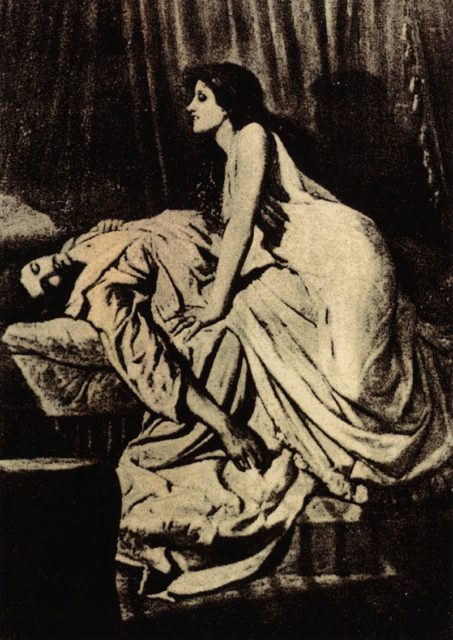
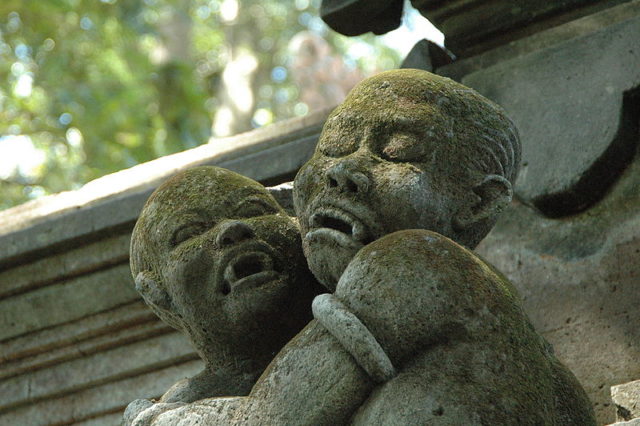
Eftimou argues that if vampires really existed there wouldn’t have been humans left on Earth and neither vampires since they would have died because of a lack of “food.”
He supposed that if the first vampire has appeared on 1 January 1600, and fed only once a month, which is much less than the vampire needs according to any story in the folklores, then the whole human population would have died or become vampires within less than three years.
“If vampires truly feed with even a tiny fraction of the frequency that they are depicted to in the movies and folklore, then the human race would have been wiped out quite quickly after the first vampire appeared” – Costas Eftimou, Math vs. Vampires.
